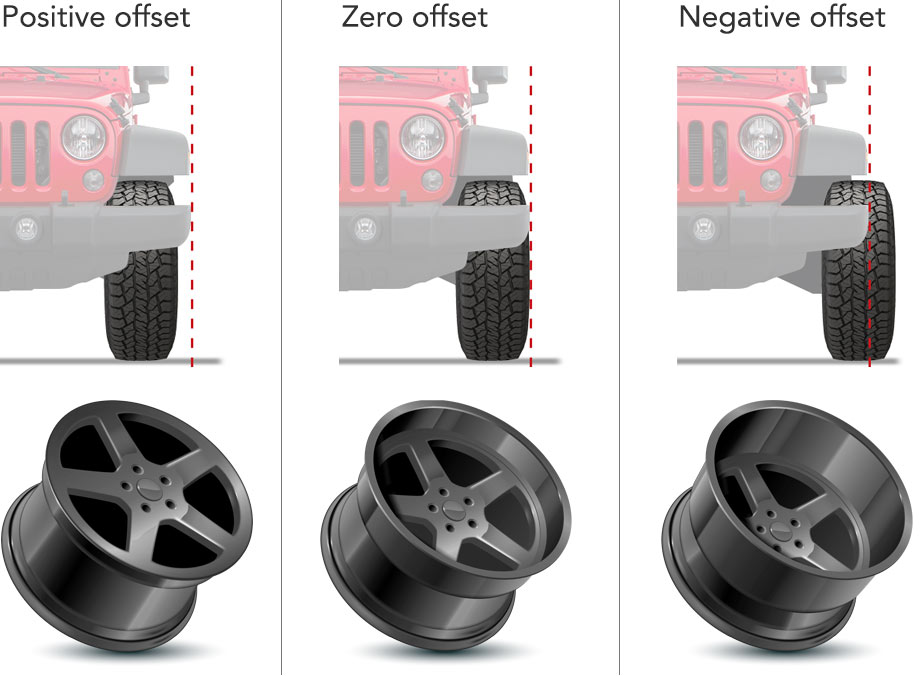Wheel offset is a critical factor in determining how your truck’s wheels fit and function. It refers to the distance between the wheel’s mounting surface (where it connects to the hub) and the centerline of the wheel. Understanding wheel offset is essential for achieving the desired look, performance, and handling characteristics of your truck.
Here are the key aspects to consider when it comes to wheel offset on trucks:
- Positive Offset:
- The mounting surface is toward the outside of the wheel.
- Common in most factory wheels.
- Results in a narrower track width, providing stability and preventing interference with suspension components.
- Negative Offset:
- The mounting surface is toward the inside of the wheel.
- Common in aftermarket wheels and often associated with a more aggressive, wider stance.
- Can lead to increased stress on suspension components and may require modifications to prevent rubbing against fenders.
- Zero Offset:
- The mounting surface is exactly at the centerline of the wheel.
- Provides a good balance between positive and negative offset characteristics.
- Allows for more flexibility in achieving different looks without compromising stability.
- Deep Dish vs. Concave Wheels:
- Deep Dish: Negative offset wheels that push the wheel outwards, creating a deep appearance. Popular in custom and show applications.
- Concave: Positive offset wheels that have a curved or concave appearance, giving a sleek and modern look.
- Affects on Performance:
- Handling: Positive offset generally enhances stability, while negative offset can improve cornering by widening the track.
- Steering Response: Negative offset may lead to quicker steering response, but extreme values can negatively impact handling and cause stress on components.
- Considerations for Lifted or Lowered Trucks:
- Lifted trucks often use wheels with a more negative offset to achieve a wider stance and better stability.
- Lowered trucks may benefit from wheels with a positive offset to avoid rubbing issues and maintain stability.
- Tire Fitment:
- Wheel offset influences tire fitment. An improper offset can lead to tires rubbing against fenders or suspension components.

When choosing wheels for your truck, it’s crucial to consider your specific preferences, the intended use of the vehicle, and any modifications to the suspension. Always refer to your truck’s specifications and consult with experts or professionals to ensure the selected wheel offset is appropriate for your setup.


